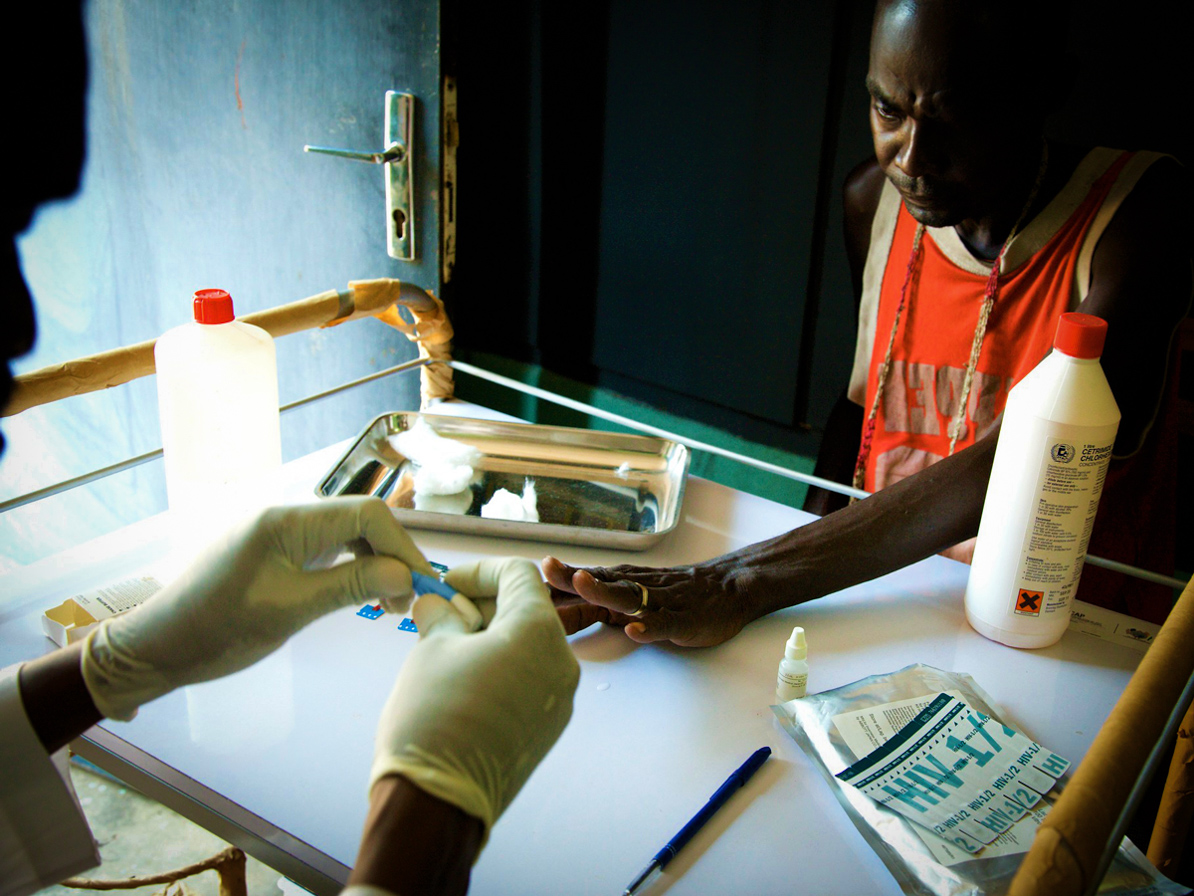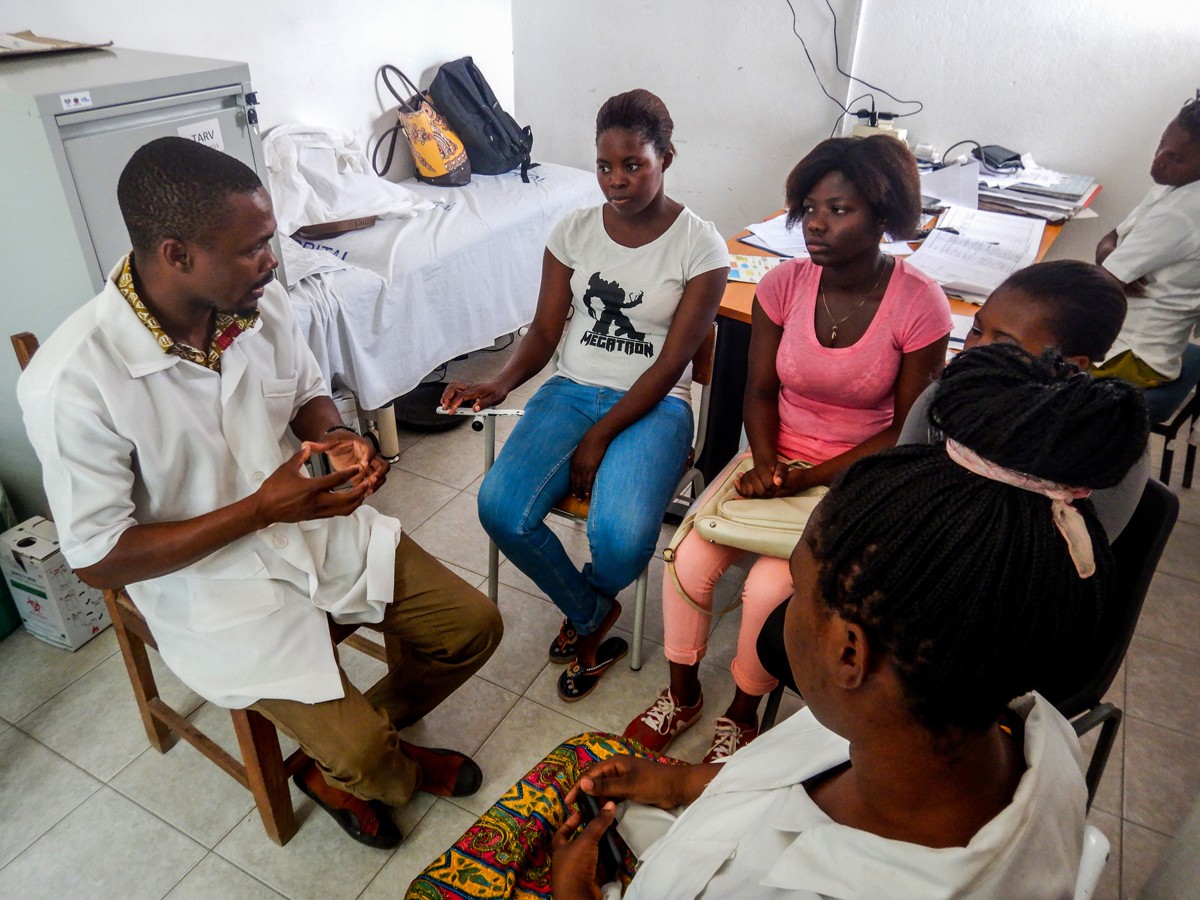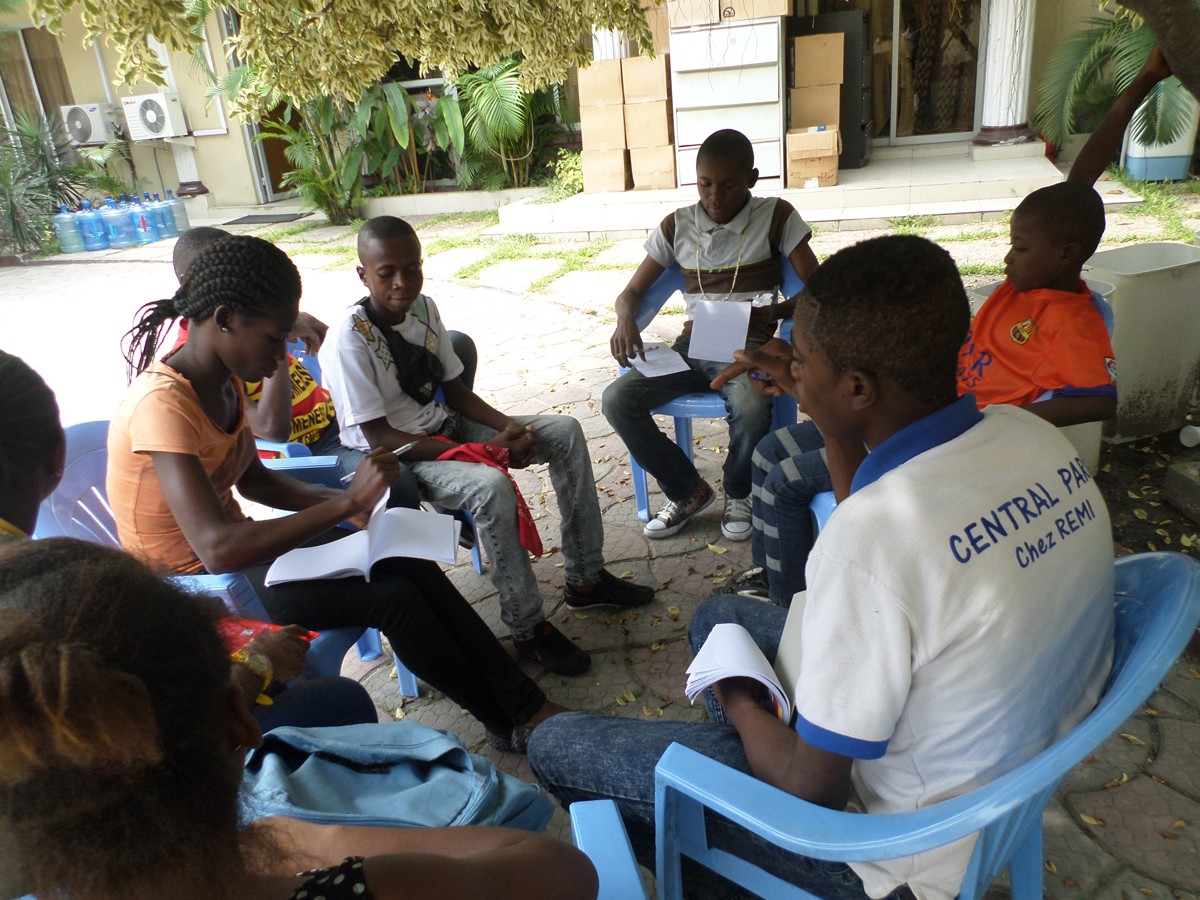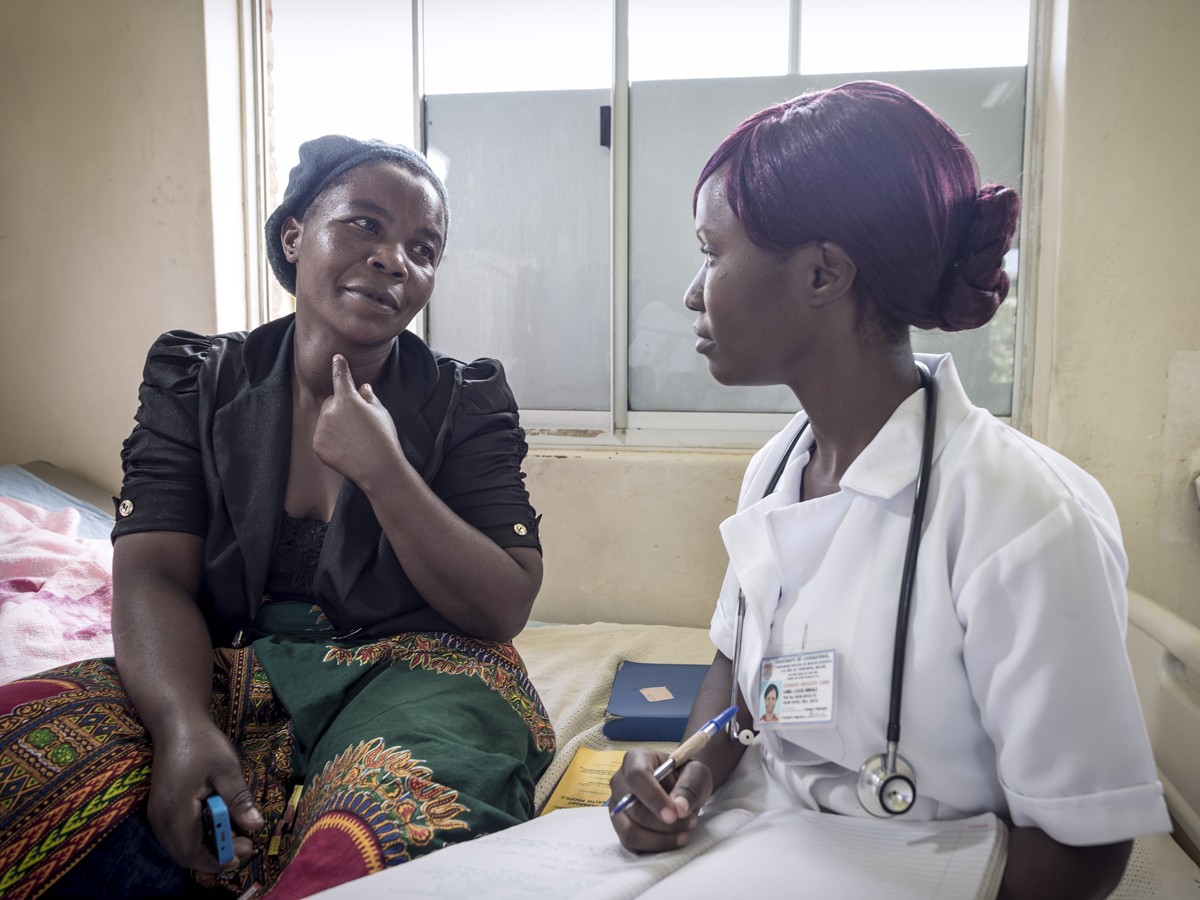Jennifer A Wagman, Adriane Wynn, Mika Matsuzaki, Natalia Gnatienko, Lisa R Metsch, Carlos Del Rio, Daniel J Feaster, Robin M Nance, Bridget M Whitney, Joseph A C Delaney, Shoshana Y Kahana, Heidi M Crane, Redonna K Chandler, Jennifer C Elliott, Frederick Altice, Gregory M Lucas, Shruti H Mehta, Yael Hirsch-Moverman, Wafaa M El-Sadr, Quan Vu, Binh Nguyen Thanh, Sandra A Springer, Judith I Tsui, Jeffrey H Samet
PMID: 33048870
DOI: 10.1097/QAD.0000000000002716
Abstract
Objectives: In high-income countries (HIC), hazardous alcohol use is associated with reduced receipt of antiretroviral therapy (ART) and viral suppression among people living with HIV (PLHIV) who inject drugs. These associations are less understood in lower and upper middle-income countries (LMIC and UMIC).
Design: We examined associations between hazardous alcohol use, ART receipt and viral suppression among PLHIV who reported current or former injection drug use. Participants were from nine studies in the U.S. (HIC), India (LMIC), Russia (UMIC), and Vietnam (LMIC).
Methods: Hazardous alcohol use was measured via AUDIT. Outcomes were HIV viral suppression (viral load of < 1,000 RNA copies/ml) and self-reported ART receipt. Logistic regression assessed associations between hazardous alcohol use and both outcome variables, controlling for age and gender, among participants with current and former injection drug use.
Results: Among 2,790 participants, 16% were women, mean age was 37.1 ± 9.5 years. Mean AUDIT scores were 4.6 ± 8.1 (women) and 6.2 ± 8.3 (men); 42% reported ART receipt; 40% had viral suppression. Hazardous alcohol use was significantly associated with reduced ART receipt in India (aOR = 0.59, 95% CI: 0.45-0.77, p < 0.001); and lower rates of viral suppression in Vietnam (aOR = 0.51, 95% CI: 0.31-0.82, p = 0.006).
Conclusions: Associations between hazardous alcohol use, ART receipt and viral suppression varied across settings and were strongest in lower middle-income countries. Addressing hazardous alcohol use holds promise for improving HIV continuum of care outcomes among PLHIV who inject drugs. Specific impact and intervention needs may differ by setting.









